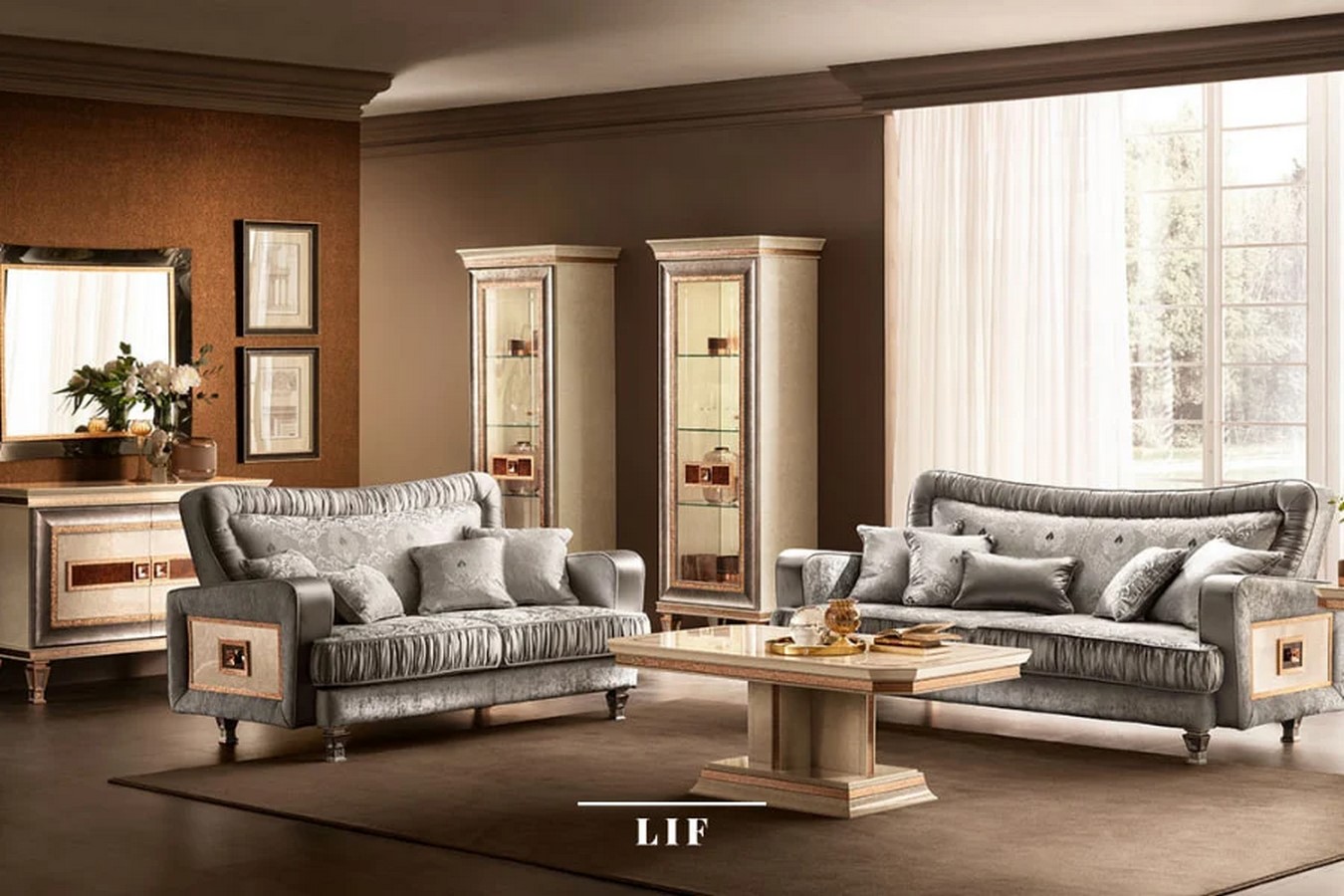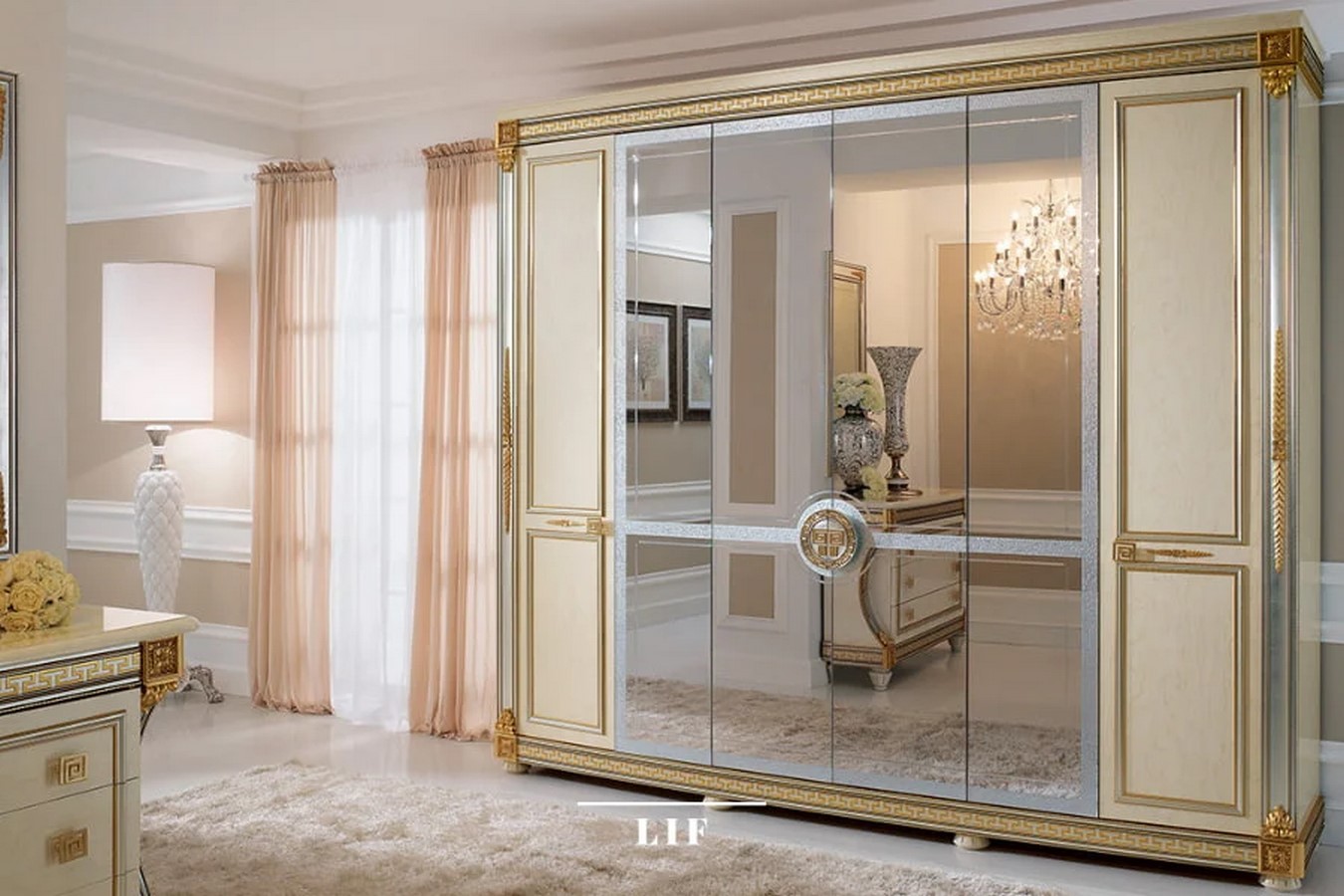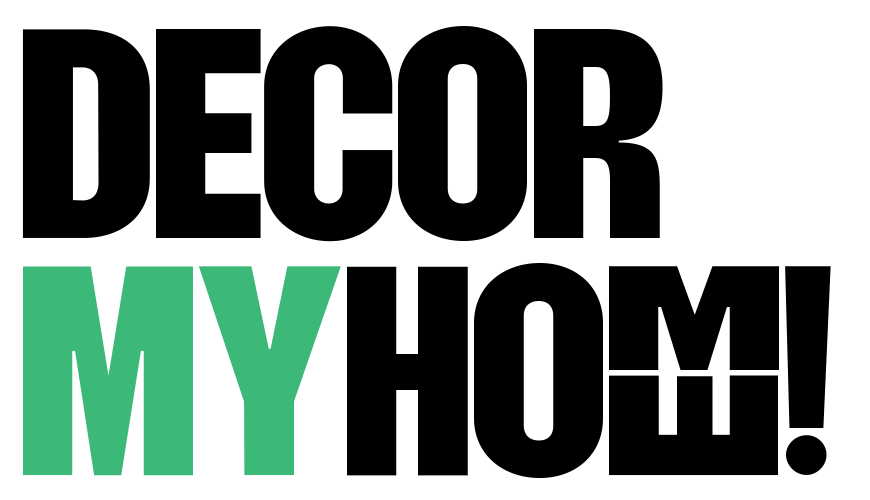What is traditional and classic style in Interior Design? A story that starts in the past
The realms of classic and traditional interior design evoke distinct historical influences and aesthetic nuances. Traditional design traces its origins to 18th and 19th-century European trends, particularly in France and England. Despite borrowing architectural and decorative elements from the past, traditional style embodies a sense of moderation and elegance, eschewing excessive opulence for refined details and fine materials. In contrast, classic style embraces a more ethereal and noble ambiance, characterized by grandeur and pomp. While both styles exude timeless beauty, traditional design leans towards warmth and familiarity, making it more accessible and hospitable.

Difference between classic and traditional style: colors, furniture, lighting
Classic and Traditional Furniture: Understanding the Differences in Details and Finishes for Timeless Interiors
Classic interior design prioritizes the intrinsic value and richness of materials, finishes, and adornments. From oak and mahogany to ceramic and marble, classic furnishings exude luxury and sophistication through intricate details and sumptuous textures. Architectural elements such as stuccoes and cornices further accentuate the classical aesthetic, evoking a sense of antiquity and grandeur. In contrast, traditional furniture style incorporates classic design elements into a more understated yet equally elegant environment. While traditional interiors lack the lavishness of their classic counterparts, they exude a sense of comfort and familiarity, achieved through a harmonious blend of quality craftsmanship and inviting atmospheres.

Classic and traditional style: the differences in lighting design
In both classic and traditional styles, lighting design plays a crucial role in shaping the ambiance of a space. Classic interiors often feature elaborate chandeliers adorned with crystal accents, symbolizing luxury and opulence. Gold and silver finishes further enhance the sumptuous mood, complementing the intricate detailing of the furnishings. In contrast, traditional lighting design tends to be more subdued, with an emphasis on warmth and functionality. Simple glass or fabric-covered lamps and sconces provide gentle illumination, contributing to a cozy and inviting atmosphere. While the styles may differ slightly in their choice of materials and ornamentation, both prioritize balanced and symmetrical lighting schemes that accentuate the elegance of the surroundings.
Classic or traditional style? Make your choice and furnish your home with elegance
In navigating the nuances between classic and traditional styles, one finds a common thread of elegance and quality woven throughout. While classic design embraces opulence and grandeur, traditional style offers a more approachable and familiar aesthetic. Ultimately, the choice between the two styles depends on personal preferences and the desired atmosphere for the home. By understanding the distinctive characteristics and shared principles of classic and traditional design, individuals can make informed decisions when furnishing their living spaces, ensuring a harmonious blend of timeless beauty and comfort.



